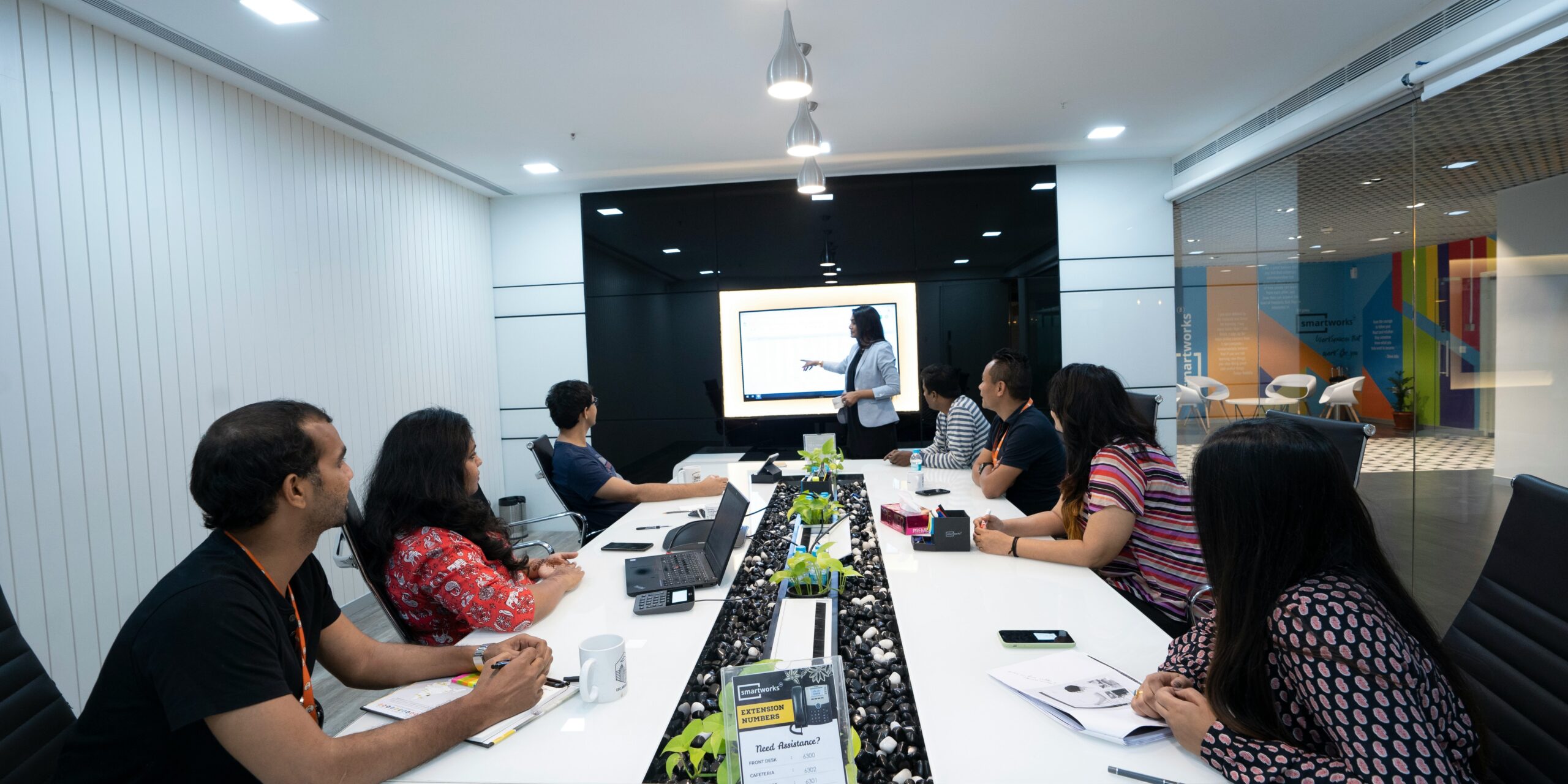Imagine a world where learning experiences are tailored to suit your style, your pace, and your unique preferences. In this world, learning feels like second nature, and you are left with an insatiable hunger to learn even more. This is no utopia – it’s what happens when design thinking principles are employed in the creation of learning and development programs.
But what exactly is design thinking, and how does it impact the learning experience? In this article, we’ll explore the fundamentals of this powerful approach and show you how it can revolutionize the way people learn in the workplace.
What is Design Thinking?
Design thinking is a human-centered approach to problem-solving that emphasizes empathy, experimentation, and iteration. It’s a process that involves understanding the needs of the end-user and designing solutions that cater to those needs while keeping the big picture in mind. The core principles of design thinking – empathy, collaboration, and experimentation – have been used to create innovative solutions in various fields, from product design to service delivery. And now, they are making their way into the world of learning and development.
How Design Thinking Impacts the Learning Experience
Applying design thinking principles to the learning experience can lead to several benefits, including:
- Personalization: Design thinking allows for the creation of personalized learning experiences that cater to individual preferences and learning styles. This leads to a more engaging and effective learning experience. “By incorporating design thinking into our L&D programs, we’ve seen an increase in employee engagement and better retention of key concepts and skills,” says a senior L&D professional at a Fortune 500 company.
- Collaboration: Design thinking encourages collaboration between learners and facilitators, fostering a sense of community and shared ownership of the learning process. This can lead to more relevant and practical learning experiences. Another L&D professional shares, “Our design thinking workshops have created a culture of collaboration and knowledge sharing that extends far beyond the classroom.”
- Flexibility: Design thinking emphasizes the importance of iteration and continuous improvement. This means that learning experiences can be adapted and refined based on user feedback, ensuring they remain relevant and effective over time.
Real-world Examples of Design Thinking in L&D
Design thinking has been used to address a variety of learning challenges, including:
- Onboarding: A multinational corporation used design thinking to revamp its onboarding program, focusing on creating a more engaging and informative experience for new hires. By understanding the needs of new employees, they were able to design a program that reduced the time-to- productivity and increased overall job satisfaction.
- Leadership Development: A leading financial institution implemented a design thinking approach in its leadership development program. By focusing on the needs of both current and future leaders, they were able to create a program that fostered innovation, collaboration, and effective decision-making skills.
Learnexus and Design Thinking
At Learnexus, we recognize the power of design thinking in shaping the future of learning and development. Our freelancer marketplace is designed to help managers at companies quickly and easily find and hire freelancers with highly specific skills and experience in learning and development, offering a 47% cost saving and saving managers time and eliminating procurement issues with a single master services agreement.
By partnering with Learnexus, you gain access to a network of talented L&D professionals who are well-versed in design thinking principles and ready to help you create impactful learning experiences for the modern learner. Experience the Learnexus difference and transform your organization’s learning and development landscape today.




